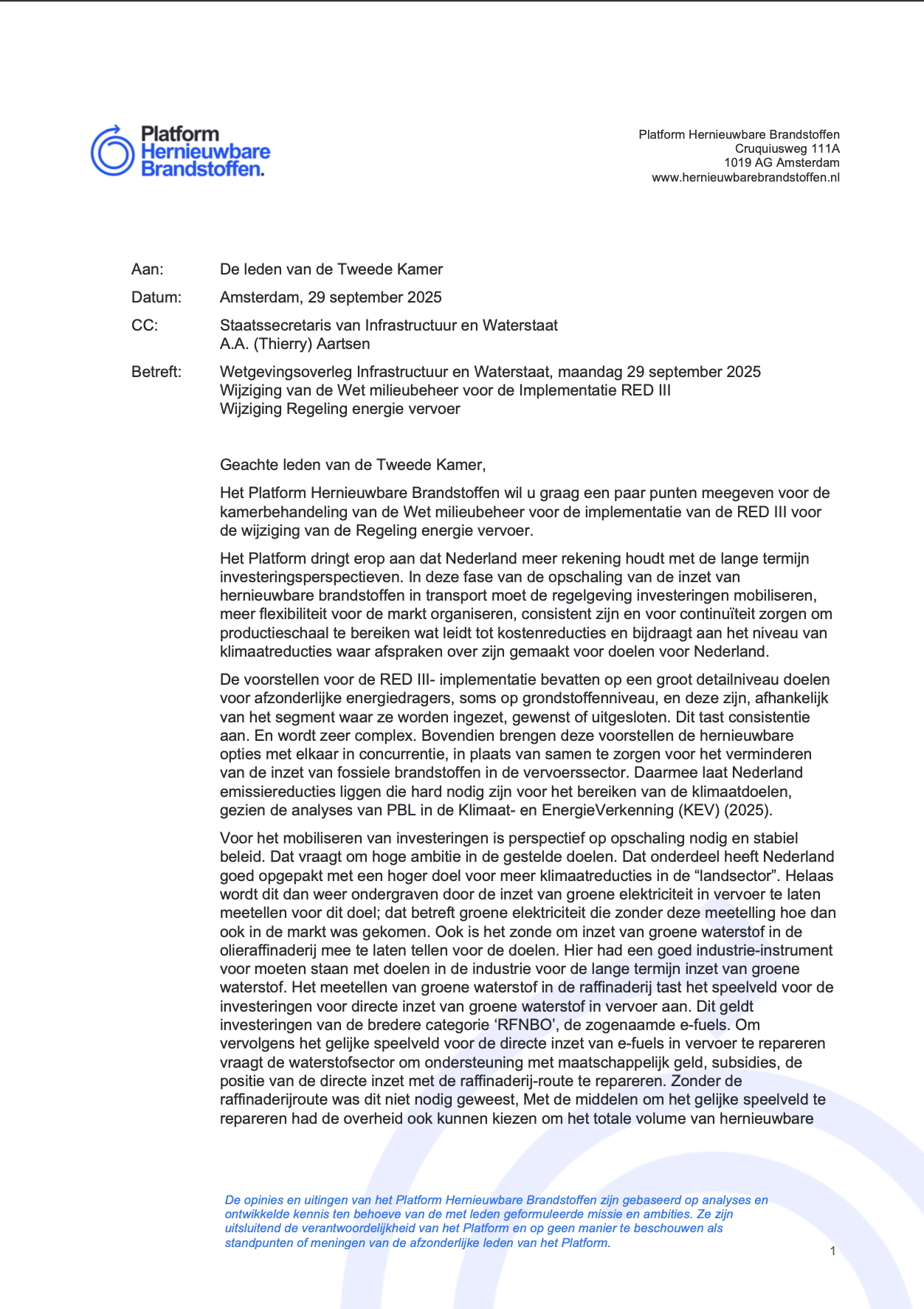JRC: Biomass production, supply, uses and flows in the European Union | 2023

This report describes the biomass sources and uses for the agricultural, forestry, algae, and fisheries and aquaculture sectors with the latest available data. It does so in comparative terms as well as with deep dives into each of these sectors, highlighting the most salient issues in the respective sectors. It furthermore examines the contribution of food, wood and other biowaste to the biomass supply.
This report aims to provide an assessment of the latest available knowledge on the EU-27 biomass production, supply and demand from the agriculture, macroalgae, fisheries and forestry primary production sectors, as well as bio-waste. The assessment of the environmental impacts of our biomass consumption, including the impacts in regions outside of the EU, were made using a life-cycle assessment approach that was generalised and does not necessarily reflect the supply chains described in the detailed chapters, but on the other hand provides an overview of the general trends in impacts of our overall consumption. When assessing all biomass production, supply, uses, demand, flows and impact at once, the report finds that in many cases we are making progress in terms of resource efficiency (e.g. increased wood, food and other bio-waste re-use and recycling), however we are also producing and consuming more overall. This Jevon’s Paradox (Jevon’s 1865), is the result of efficiency goals, however, a too-narrow focus on efficiency generates lock-in, and low adaptability to change. Whereas efficiency is important in the short term, adaptability is important in the long term, such as for the sake of resilience. Furthermore, when combined with a rebound effect whereby there is an overall increased use of biological resources because they are in fact more efficiently produced, less expensive, and their diversification in uses are encouraged, the report concludes that our impact on biomass-producing systems is increasing.
Biomass production in the EU
The total agricultural biomass produced annually in the EU-27 was estimated at 924 Mt of dry matter per year (excluding pastures) of which 54% economic production, that is grains, fruits, roots, tubers, i.e. the reason why the crop is cultivated. The remaining 46% is above ground biomass from by-products and residues such as leaves and stems, which may also have an economic value (for instance when used for animal bedding or for bioenergy production), and are also important for ecosystem services such as maintaining organic carbon levels in soil or preventing soil erosion.
The EU forest biomass stock is equal to 18.4 billion tonnes of dry matter (referred to the total above ground biomass in 2020), corresponding to a density of roughly 117 t per hectare. About 89% of the EU-27 forest area, and 92% of this biomass stock, are considered as "available for wood supply”. The biomass stock in EU forests has continuously increased since 1990, by about 1-2% per year, but its growth has slowed down during the last 5 years, due to different concomitant factors, including ageing processes, an increasing impact of natural disturbances and other climatic drivers.

 Download hereVisit Website
Download hereVisit WebsiteRecente artikelen
T&E does support sustainable biofuels
NEa: Rapportage Hernieuwbare Energie voor Vervoer 2024

Platformreactie kamerbehandeling RED III regeling energie vervoer

